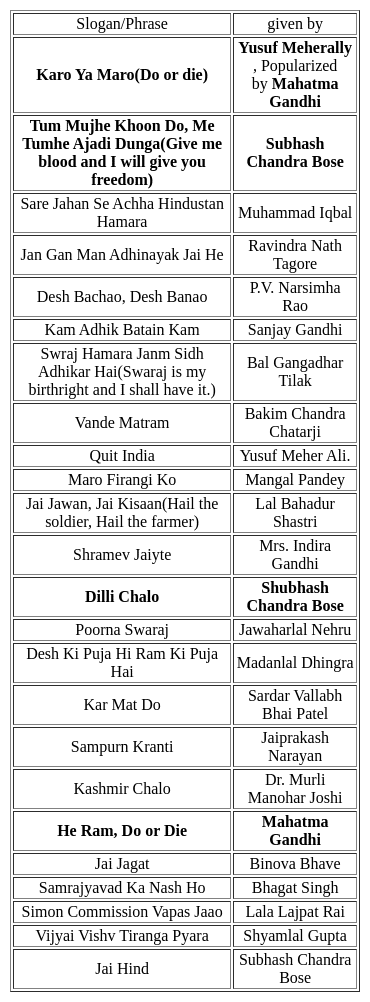Software Development Exam > Software Development Tests > Test: General Awareness (Indian National Movement) - Software Development MCQ
Test: General Awareness (Indian National Movement) - Software Development MCQ
Test Description
10 Questions MCQ Test - Test: General Awareness (Indian National Movement)
Test: General Awareness (Indian National Movement) for Software Development 2025 is part of Software Development preparation. The Test: General Awareness (Indian National Movement) questions and answers have been prepared
according to the Software Development exam syllabus.The Test: General Awareness (Indian National Movement) MCQs are made for Software Development 2025 Exam.
Find important definitions, questions, notes, meanings, examples, exercises, MCQs and online tests for Test: General Awareness (Indian National Movement) below.
Solutions of Test: General Awareness (Indian National Movement) questions in English are available as part of our course for Software Development & Test: General Awareness (Indian National Movement) solutions in
Hindi for Software Development course.
Download more important topics, notes, lectures and mock test series for Software Development Exam by signing up for free. Attempt Test: General Awareness (Indian National Movement) | 10 questions in 10 minutes | Mock test for Software Development preparation | Free important questions MCQ to study for Software Development Exam | Download free PDF with solutions
Test: General Awareness (Indian National Movement) - Question 1
When was the Cabinet Mission sent to India?
Detailed Solution for Test: General Awareness (Indian National Movement) - Question 1
Test: General Awareness (Indian National Movement) - Question 2
Which one of the following began with Dandi March?
Detailed Solution for Test: General Awareness (Indian National Movement) - Question 2
Test: General Awareness (Indian National Movement) - Question 3
Which of the following is not a feature of the Government of India Act 1935?
Detailed Solution for Test: General Awareness (Indian National Movement) - Question 3
Test: General Awareness (Indian National Movement) - Question 4
Who is known for his famous quote, "Swarajya is my birthright and I shall have it"?
Detailed Solution for Test: General Awareness (Indian National Movement) - Question 4
Test: General Awareness (Indian National Movement) - Question 5
At which place was the Communist Party of India founded in 1925?
Detailed Solution for Test: General Awareness (Indian National Movement) - Question 5
Test: General Awareness (Indian National Movement) - Question 6
Who, among the following, had been assassinated at Port Blair ?
Detailed Solution for Test: General Awareness (Indian National Movement) - Question 6
Test: General Awareness (Indian National Movement) - Question 7
Who were the leaders of the Hindustan Socialist Republican Army (HSRA)?
(i) Bhagat Singh
(ii) Subhash Chandra Bose
(iii) Jatin Das
(iv) Ajoy Ghosh
Detailed Solution for Test: General Awareness (Indian National Movement) - Question 7
Test: General Awareness (Indian National Movement) - Question 8
In which year was the Indian National Congress split into the Moderates and Extremists?
Detailed Solution for Test: General Awareness (Indian National Movement) - Question 8
Test: General Awareness (Indian National Movement) - Question 9
Where was the All India Kisan Sabha, an organization representing peasants in the Indian National Movement, first formed?
Detailed Solution for Test: General Awareness (Indian National Movement) - Question 9
Test: General Awareness (Indian National Movement) - Question 10
Who was not a member of the Cabinet Mission?
Detailed Solution for Test: General Awareness (Indian National Movement) - Question 10
Information about Test: General Awareness (Indian National Movement) Page
In this test you can find the Exam questions for Test: General Awareness (Indian National Movement) solved & explained in the simplest way possible.
Besides giving Questions and answers for Test: General Awareness (Indian National Movement), EduRev gives you an ample number of Online tests for practice
Download as PDF




















